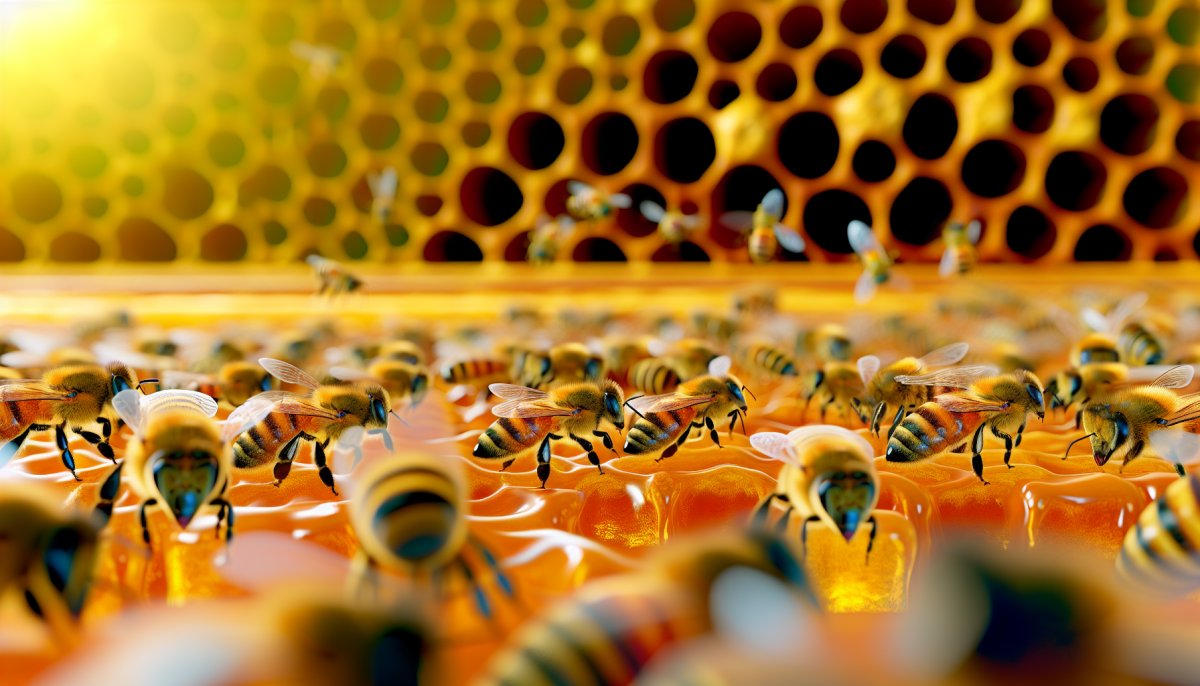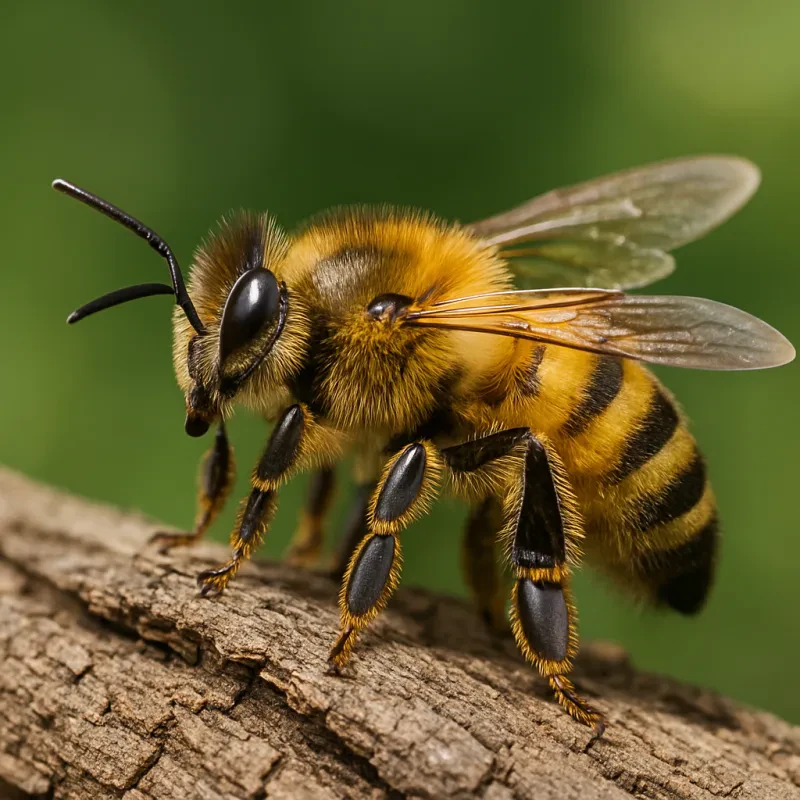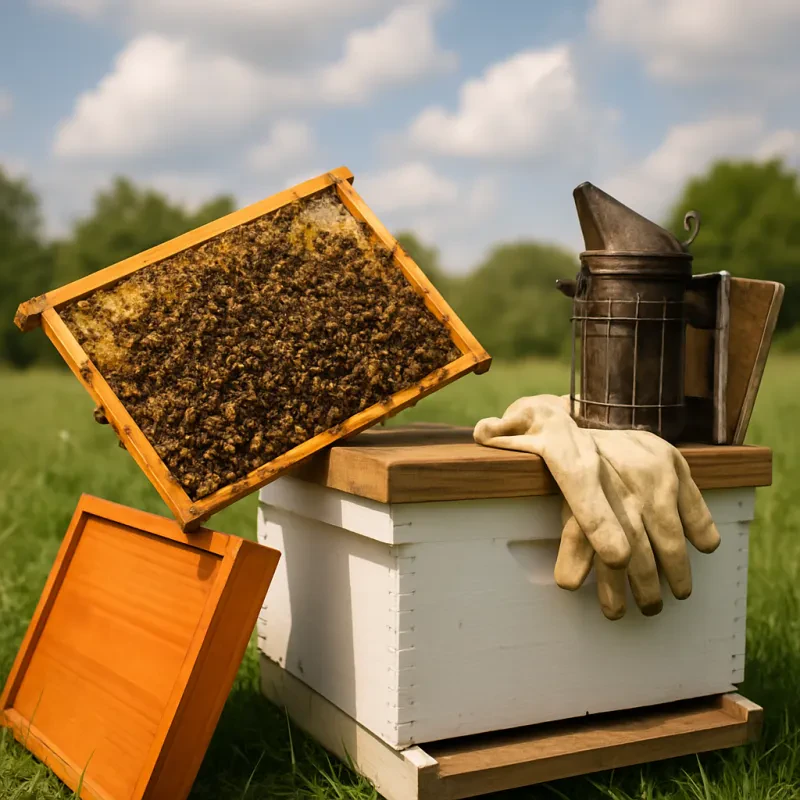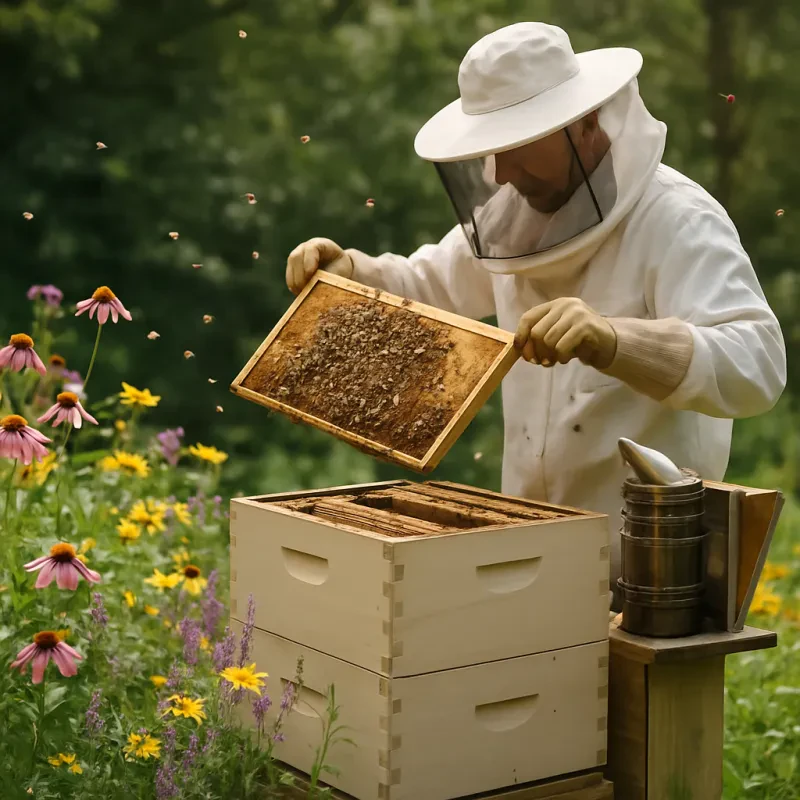Honeybees (Apis mellifera) stand as one of the most fascinating subjects in the study of animal communication. Their ability to work collectively towards the survival and prosperity of their hive underscores a complex communication system that is both intricate and efficient. This article delves into the multifaceted communication methods employed by honeybees, exploring how these methods enable them to coordinate their activities, from foraging for nectar to defending their hive.
The Waggle Dance: A Language of Movement
One of the most renowned forms of communication among honeybees is the waggle dance. Discovered by Karl von Frisch, who was awarded the Nobel Prize for his work, the waggle dance is a sophisticated method used by forager bees to inform their hive-mates about the location of food sources. When a bee finds a rich source of nectar or pollen, it returns to the hive and performs a dance on the honeycomb. The direction of the dance in relation to the sun indicates the direction of the food source, while the duration of the waggle phase correlates with the distance. This dance allows other foragers to find the food source efficiently, demonstrating an incredible form of non-verbal communication.
Pheromonal Communication: The Chemical Language
Beyond the visual spectacle of the waggle dance, honeybees employ a complex chemical language through the use of pheromones. Pheromones are chemical substances produced and released into the environment, affecting the behavior or physiology of other members of the same species. Honeybees utilize a variety of pheromones to regulate nearly every aspect of their social life, including:
Queen Pheromones: The queen bee emits specific pheromones that regulate the hive's social structure, including inhibiting the development of ovaries in worker bees and attracting males (drones) for mating.
Alarm Pheromones: Released by guard bees or bees that are disturbed, these pheromones alert the colony to potential threats, triggering defensive behavior.
Brood Pheromones: Emitted by the larvae, these signals help maintain the brood's care by stimulating feeding behavior in the worker bees.
Auditory Signals: The Subtle Sounds of the Hive
Though less researched than the waggle dance and pheromonal communication, auditory signals play a crucial role in the life of a honeybee colony. The most documented of these sounds is the "piping" noise, produced by the queen bee. This sound, which occurs in various contexts including the period before swarming or during the introduction of a new queen to the colony, may serve as a form of communication between the queen and worker bees, though its exact purpose remains a subject of study.
Tactile Communication: The Power of Touch
Tactile communication, or communication through touch, is integral to the daily functions of a hive. During the waggle dance, for example, following bees maintain physical contact with the dancing bee, using their antennae and forelegs to interpret the dance's message. This form of communication is also vital during trophallaxis, the process of food exchange among bees, which not only serves as a method of feeding but also as a means of disseminating pheromonal information throughout the colony.
The Multimodal Nature of Bee Communication
The communication system of honeybees exemplifies a multimodal approach, where different types of signals—visual, chemical, auditory, and tactile—are used in combination for effective information exchange. This multimodality allows for redundancy, ensuring that if one mode of communication is compromised, others can compensate. For instance, on a windy day when the dance might be hard to see, the tactile and chemical cues become crucial for understanding the message.
Challenges and Adaptations
Honeybees face numerous challenges, from changes in their environment to the introduction of pesticides, which can interfere with their communication systems. Research indicates that certain chemicals can disrupt pheromonal signals, while habitat loss affects the foraging patterns and thus the waggle dance's efficacy. Despite these challenges, honeybees exhibit remarkable resilience and adaptability, adjusting their communication strategies and foraging behaviors to mitigate these impacts.
The communication systems of honeybees are a testament to the complexity and efficiency of nature's designs. Through a combination of the waggle dance, pheromonal signals, auditory cues, and tactile interactions, honeybees coordinate their activities, ensuring the survival and prosperity of their hive. These communication methods highlight the sophisticated social structure of honeybee colonies and underscore the importance of preserving their habitats. As we continue to unravel the mysteries of honeybee communication, we gain not only insights into their world but also a greater appreciation for the intricacies of animal behavior and the delicate balance of ecosystems.







